Aster ageratoides ‘Adustus Nanus’
£6.45
A mound-forming perennial producing clusters of lavender-pink daisies with yellow centres in late summer into autumn. Full sun/partial shade. Height 30cm. Spread 60cm. Hardy. Good mildew-resistant variety. Attracts bees.
Description
Aster ageratoides ‘Adustus Nanus’ is a hardy perennial admired for its lavender-pink daisy-like flowers with yellow centers. This mildew-resistant variety thrives with minimal care and attracts bees, making it an excellent choice for garden borders or rockeries. Follow this guide to ensure your Aster thrives.
PLANTING and AFTERCARE GUIDE
Best Planting Time
- Spring: Plant Aster ageratoides ‘Adustus Nanus’ in spring when the soil begins to warm, allowing roots to establish before summer flowering.
- Autumn: Early autumn planting is also ideal, giving the plant time to settle in before dormancy.
Site Selection
- Sunlight: Aster ageratoides ‘Adustus Nanus’ grows well in full sun to partial shade. Choose a location with at least 4-6 hours of sunlight daily for optimal blooms.
- Soil: Ensure well-drained soil enriched with organic matter like compost. This prevents waterlogging and encourages strong root development.
Planting Instructions
- Prepare the Hole: Dig a hole twice as wide and the same depth as the root ball.
- Soil Preparation: Mix compost or well-rotted manure into the soil for added nutrients and improved drainage.
- Positioning: Place the plant in the hole, ensuring the crown is level with the soil surface.
- Backfilling: Refill the hole with soil, firming gently to eliminate air pockets.
- Watering: Water thoroughly after planting to help the soil settle and encourage root growth.
Watering Requirements
- Growing Season: Once established, Asters require moderate watering. Allow the soil to dry slightly between waterings to prevent overwatering.
- Dormant Season: Reduce watering during winter, providing moisture only during prolonged dry spells.
Feeding
- Spring: Apply a balanced fertiliser in early spring to encourage robust growth and flowering.
- Mid-Summer: A light feeding mid-season supports prolonged blooming and overall plant health.
Pruning
- Deadheading: Remove spent flowers regularly to extend the flowering period and maintain a tidy appearance.
- Autumn Pruning: After the final blooms fade, cut back the plant to ground level. This prepares your Aster for the winter and promotes vigorous growth in spring.
Mulching
- Spring: Add a 2-3 inch layer of mulch around the plant base to retain moisture, regulate soil temperature, and suppress weeds.
- Winter: Mulch in late autumn to insulate the roots against frost and prevent soil erosion.
Supporting the Plant
- Staking: Aster ageratoides ‘Adustus Nanus’ is compact and rarely requires staking. However, in windy conditions, light support may be beneficial.
Final Tips for Success
Aster ageratoides ‘Adustus Nanus’ is an easy-to-care-for perennial that rewards with a long flowering season from late summer to autumn. By planting in a sunny spot with well-drained soil and following this care routine, your garden will enjoy an elegant splash of lavender-pink blooms. Whether in borders, rockeries, or containers, Aster ageratoides ‘Adustus Nanus’ adds charm and attracts pollinators, ensuring a vibrant garden space.
Additional information
| Pot Size | |
|---|---|
| Plant Botanical Type | Perennial (herbaceous) |
| Flower Colour | Lavender, Pink |
| Leaf Colour | Green |
| Varigated Leaf | No |
| Scent | No |
| Height | 0.3m |
| Spread | 0.6m |
| Blooms/foliage interest in | Summer, Autumn |
| Evergreen | No |
| Hardiness | mild winter to – 5C |
| Container | Borders |
| Sun/shade | Full sun, Partial Shade |
| Soil Type | Loam (normal) |
| Soil PH | Neutral |
| Drainage | Well drained soil |
| Hazerdous | No |
| Insect Attraction | Bees |




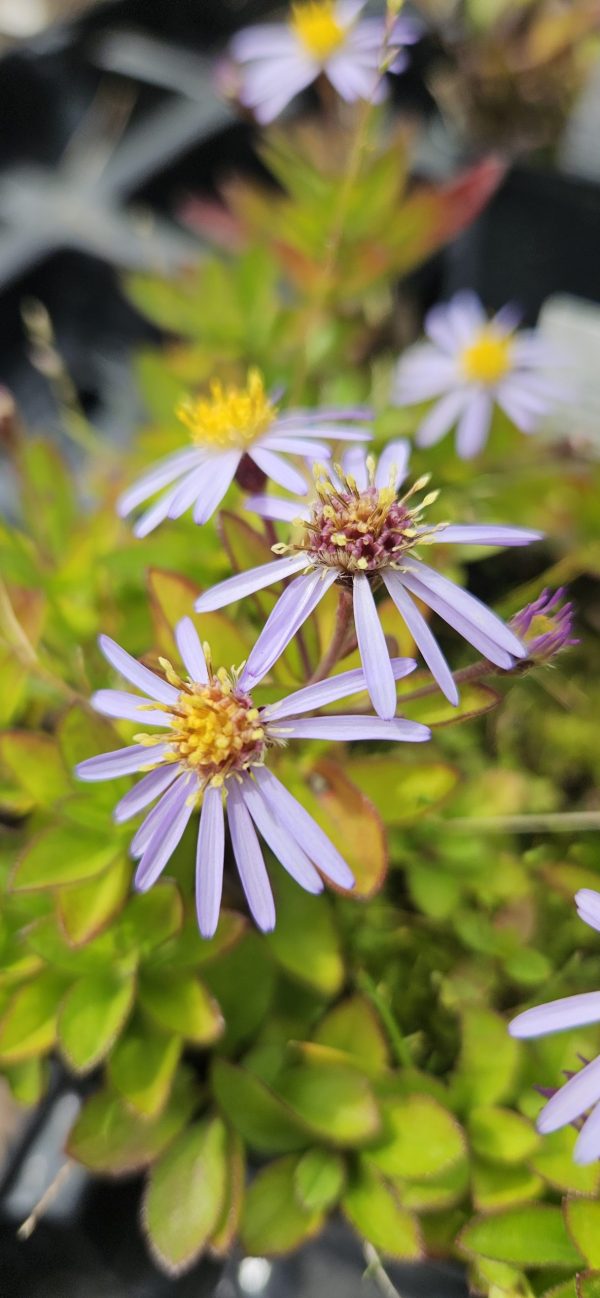
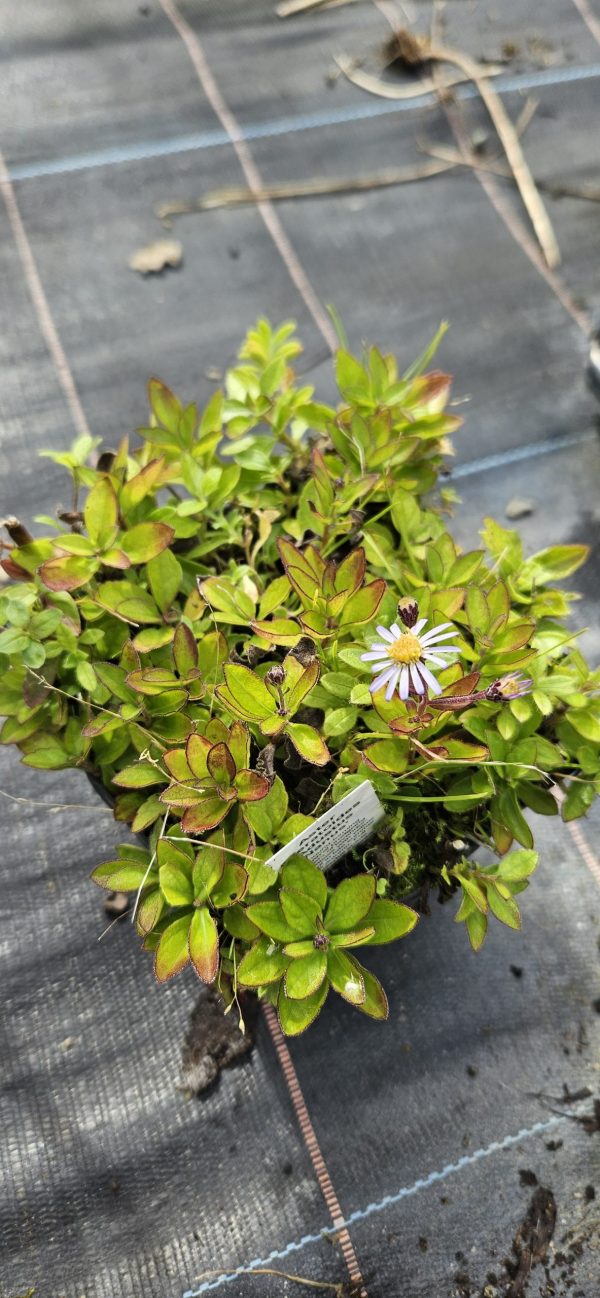
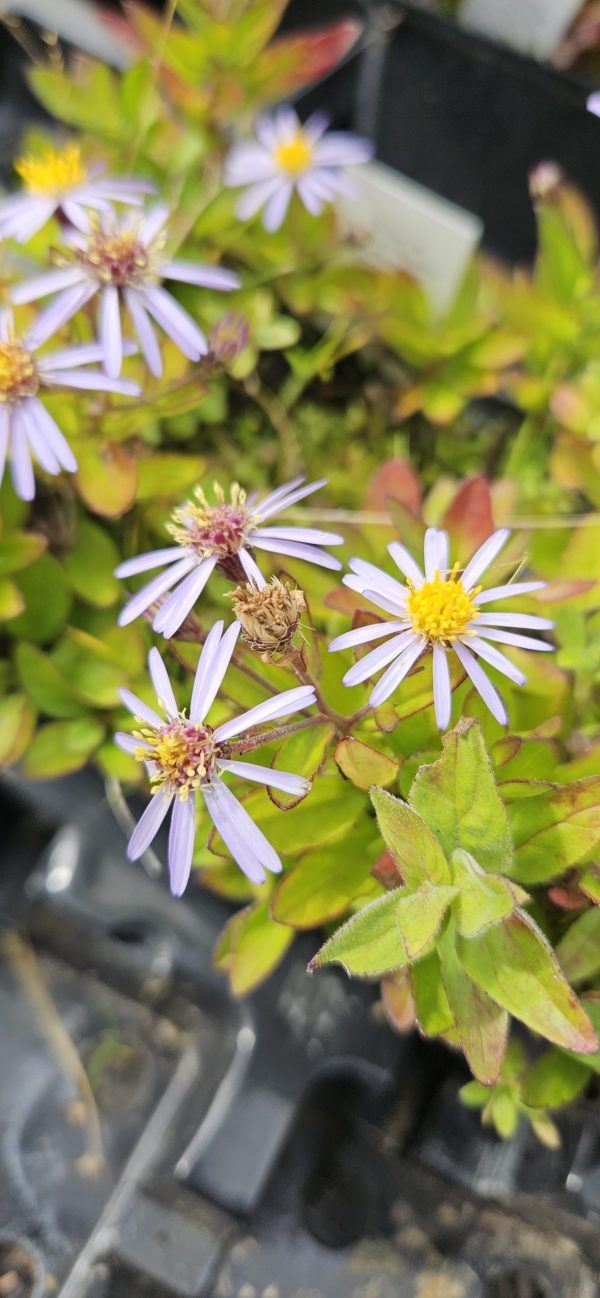
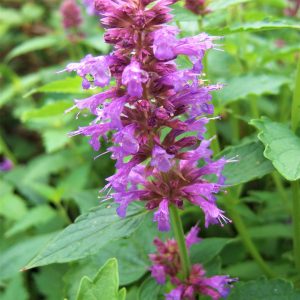
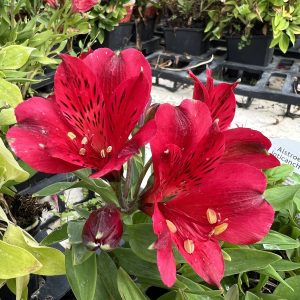
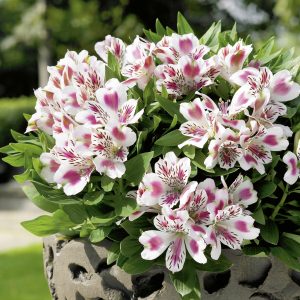
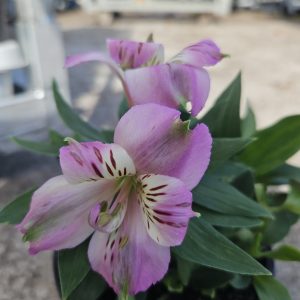
Margaret Gillian Ryall (verified owner) –
Excellent plant and well packed
Susan Christodoulou (verified owner) –
All the plants were really diligently packaged and arrived in great shape – thankyou very much! 🙂
Sheila Tait (verified owner) –
Arrived in good condition
Joanne Neil (verified owner) –